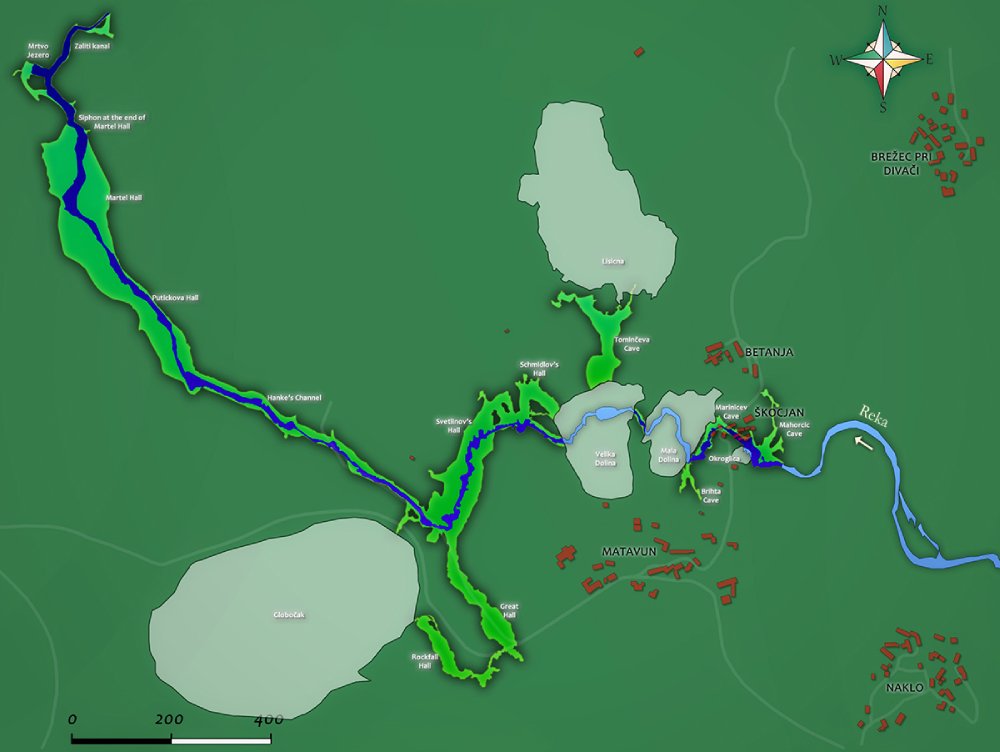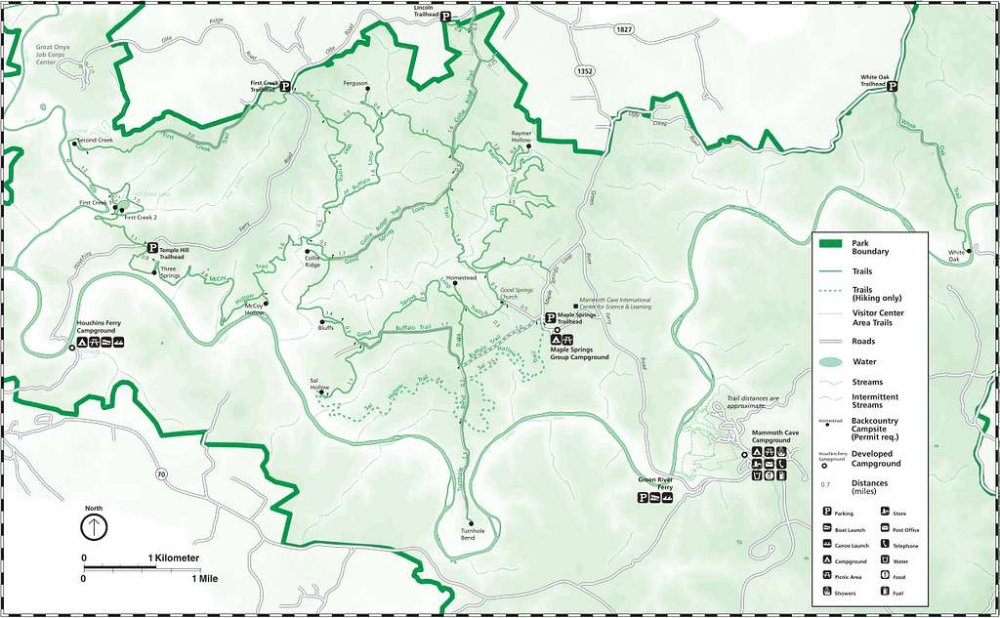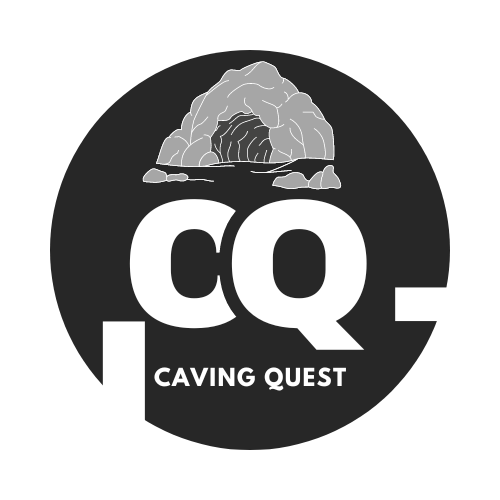Cave maps can be a bit like reading a treasure map from an adventure story. They show you the twists and turns of underground passages, helping you navigate through the mysterious world of caves. Understanding how to read cave maps is essential for anyone exploring caves safely and effectively.
But let’s face it, at first glance, cave maps can be intimidating. Feeling overwhelmed is a common reaction to their unusual layouts and intricate symbols. These maps can be difficult for many people to use because they are unsure of where to begin or how to decipher the various symbols. But do not worry! You can read cave maps like an expert with a little help.
We’ll simplify the process of deciphering cave maps into manageable steps in this article. We’ll go over typical problems and offer workable fixes to give you confidence for your upcoming caving excursion. Let’s get started and turn cave maps from a mystery to a useful tool for discovering the underworld’s mysteries!

Understanding Cave Maps
What is a Cave Map?
A detailed illustration of a cave’s layout is called a cave map. It displays the hallways, rooms, and occasionally even the subterranean water formations and sources. These maps aid cavers in finding their way around the cave system.
The Symbols and Features
Cave maps use various symbols and features to convey information. Here are some common ones:
- Lines: Represent the cave’s walls and passages.
- Dots: Mark significant features or points of interest.
- Shading: Shows different elevations or depths.
How to Read a Cave Map: A Step-by-Step Guide
Step 1: Familiarize Yourself with the Map
Spend some time studying the map before entering the cave. Determine the foundation and salient characteristics. Seek out legends and symbols that denote the meaning of various markings.
Step 2: Plan Your Route
Make a route plan using the map. Mark the points of entry and departure, as well as any potential dangers or interesting places you wish to investigate. It resembles making a little adventure schedule!
Step 3: Follow the Map During Exploration
Remember to refer to the map as you explore the cave. To stay oriented, check the features of the map against your surroundings. You might be in a different area of the cave if the map indicates a passage but you are unable to locate it.
Step 4: Adjust as Needed
Maps of caves are frequently updated in response to discoveries and modifications. Make note of anything you see that doesn’t match the map and modify your route accordingly. Caves can move or alter at times, so it’s critical to maintain flexibility.
Navigating Cave Challenges
How to Survey a Cave
Mapping a cave survey entails creating new maps and revising old ones. Typically, this procedure calls for specific tools and methods. Expert cavers with precise measuring and detail recording skills are the best ones to do this.
Finding Your Way Out of a Cave
Remain composed if you ever find yourself lost. To go back to where you were, use your map. To find your way back to the entrance, look for landmarks you’ve passed or use the features on the map.
Exploring a Cave Safely
Make sure you’re ready before you enter any caves. Carry the essential gear, such as a flashlight, and ensure that someone is aware of your plans. To prevent mishaps, explore with a friend and abide by safety instructions.
Read about navigating the difficult cave terrain.

You Might Like to Know
How do cave maps work?
Cave maps work by representing the cave’s layout with various symbols and features. They help cavers understand the cave’s structure and navigate through it.
How to survey a cave?
Surveying a cave involves mapping new and existing areas using specialized tools and techniques. It requires careful measurement and recording to ensure accuracy.
How do you find your way out of a cave?
To find your way out, use the cave map to retrace your steps and follow familiar landmarks. Stay calm and use the map to guide you back to the entrance.
How do you explore a cave?
Exploring a cave involves planning your route, understanding the cave map, and following safety precautions. Always go with a buddy and use proper equipment.
Conclusion
Reading cave maps might seem tricky at first, but with a little practice, you’ll get the hang of it. Remember, these maps are your guide to the wonders of the underground world. By following the steps outlined here and staying aware of your surroundings, you’ll navigate caves safely and confidently. Embrace the adventure and let cave maps lead you to exciting discoveries!
